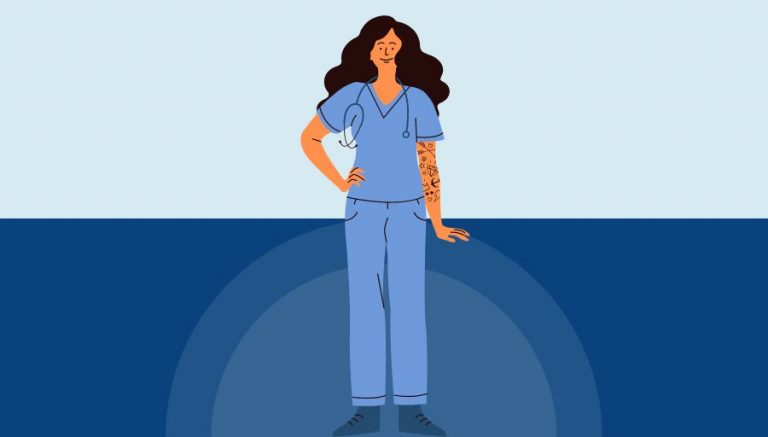How To Use HCPCS Code A2007
HCPCS code A2007 describes the medical procedure known as Restrata, per square centimeter. This code is used to identify and bill for the specific service of applying Restrata to a patient’s skin, measured per square centimeter. In this article, we will delve into the details of HCPCS code A2007, including its official description, procedure, when to use it, billing guidelines, historical information, Medicare and insurance coverage, and provide examples of when this code should be billed.
1. What is HCPCS A2007?
HCPCS code A2007 is used to identify the medical procedure of applying Restrata, a substance, to a patient’s skin. The code specifies that the application is measured per square centimeter. This code is essential for accurate billing and reimbursement purposes, ensuring that healthcare providers are appropriately compensated for the services they provide.
2. Official Description
The official description of HCPCS code A2007 is “Restrata, per square centimeter.” This description precisely defines the service being provided and allows for clear identification and communication among medical coders, billers, and insurance companies. The short description of this code is “Restrata, per sq cm,” providing a concise summary of the service.
3. Procedure
- Prepare the Restrata substance according to the manufacturer’s instructions.
- Cleanse the patient’s skin thoroughly in the area where the Restrata will be applied.
- Measure the desired area of application in square centimeters.
- Apply the Restrata substance evenly to the measured area, ensuring complete coverage.
- Allow the Restrata to dry or set as per the manufacturer’s recommendations.
- Document the procedure in the patient’s medical record, including the size of the area treated and any relevant observations or instructions.
4. When to use HCPCS code A2007
HCPCS code A2007 should be used when a healthcare provider applies Restrata to a patient’s skin, specifically measuring the application per square centimeter. It is important to note that this code is subject to carrier judgment, meaning that the insurance carrier may have specific guidelines or criteria for its use. Therefore, it is crucial to review the carrier’s policies and documentation requirements to ensure accurate billing and reimbursement.
5. Billing Guidelines and Documentation Requirements
When billing for HCPCS code A2007, healthcare providers should ensure the following:
- Accurately document the size of the area treated in square centimeters.
- Include the date of service and any relevant patient information.
- Submit the claim with the appropriate diagnosis codes that support the medical necessity of the procedure.
- Follow any specific billing guidelines or requirements set forth by the insurance carrier.
6. Historical Information and Code Maintenance
HCPCS code A2007 was added to the Healthcare Common Procedure Coding System on January 01, 2022. As of the effective date, there have been no maintenance actions taken for this code, as indicated by the action code N, which means no maintenance for this code. It is essential to stay updated with any future changes or revisions to ensure accurate coding and billing.
7. Medicare and Insurance Coverage
The coverage and pricing of HCPCS code A2007 may vary depending on the insurance carrier and Medicare guidelines. The pricing indicator code for this code is 13, which signifies that the price is established by carriers. The multiple pricing indicator code is A, indicating that it is not applicable as HCPCS priced under one methodology. Healthcare providers should review the specific pricing and coverage policies of the insurance carrier or Medicare to determine reimbursement rates and any additional requirements.
8. Examples
Here are five examples of scenarios where HCPCS code A2007 should be billed:
- A patient undergoes a dermatological procedure where Restrata is applied to a 5 square centimeter area on their arm.
- A burn victim receives treatment, and Restrata is applied to a 10 square centimeter area on their leg.
- A plastic surgery patient undergoes a skin rejuvenation procedure, and Restrata is applied to a 3 square centimeter area on their face.
- A wound care specialist applies Restrata to a 7 square centimeter area on a patient’s abdomen to aid in the healing process.
- A patient with a chronic skin condition receives Restrata application to a 2 square centimeter area on their back as part of their ongoing treatment plan.



